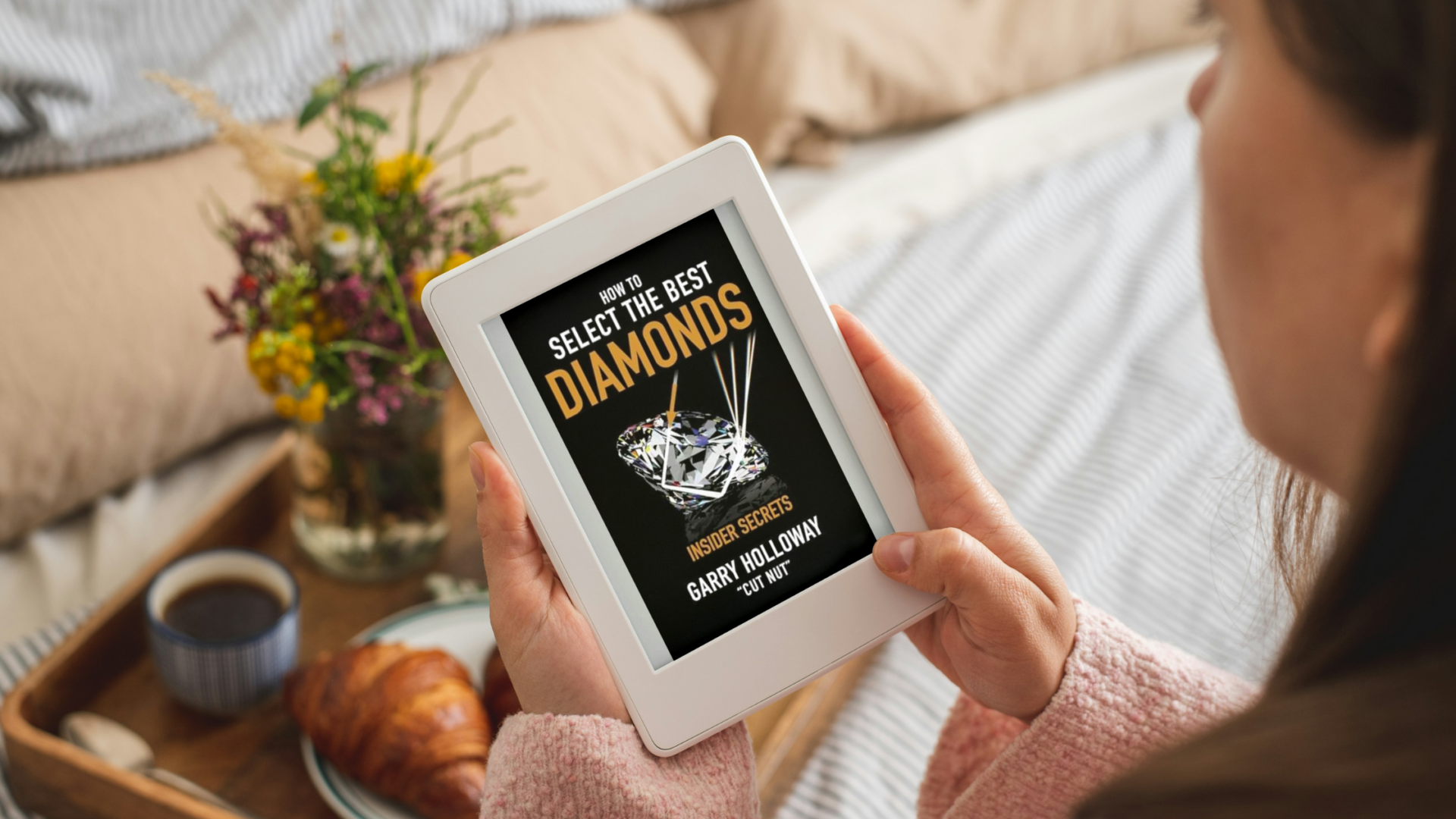For many here the "Gold Standard" for buying Fancy Shapes over the internet in the absence of in person viewing seems to be comparison videos shot in the GIA diamond dock.
These videos are often considered mostly "Educational" and not "Marketing" because there is no commentary and the viewer can form their own conclusions.
Based on 2006 discussions by Garry Holloway, Serg, Rhino and others it is unclear to me if the 'bias' of the dock unfairly promotes some diamonds over others. Particularly if low angle light is diminished or relatively excluded is it still a valid comparison tool?
I'd be interested to know what lower angular ranges are effectively blocked or diminished by the dock?, What are the obscuration ranges? Given both does the dock still represent a fair environment for comparison or should it be considered to be more of a marketing tool with a systematic bias towards round brilliant type diamonds that are more efficient at returning high angle light.
Trade and consumers alike I am interested in your thoughts.
These videos are often considered mostly "Educational" and not "Marketing" because there is no commentary and the viewer can form their own conclusions.
Based on 2006 discussions by Garry Holloway, Serg, Rhino and others it is unclear to me if the 'bias' of the dock unfairly promotes some diamonds over others. Particularly if low angle light is diminished or relatively excluded is it still a valid comparison tool?
I'd be interested to know what lower angular ranges are effectively blocked or diminished by the dock?, What are the obscuration ranges? Given both does the dock still represent a fair environment for comparison or should it be considered to be more of a marketing tool with a systematic bias towards round brilliant type diamonds that are more efficient at returning high angle light.
Trade and consumers alike I am interested in your thoughts.







300x240.png)